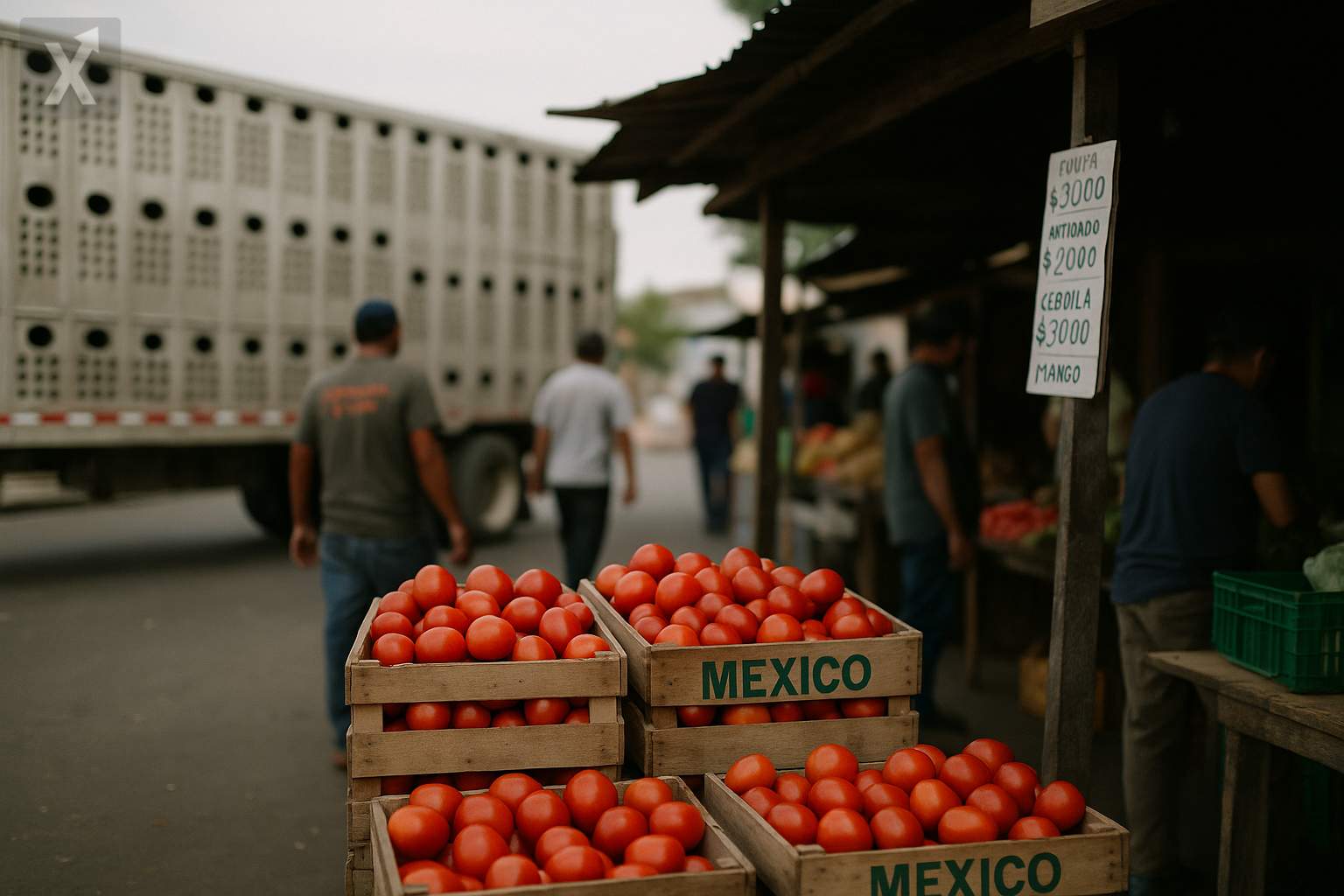Trade Tensions and Sanitary Challenges Redefine Agri-Food Exchange Between Mexico and the United States

The agri-food trade between Mexico and the United States is experiencing a period of contrasts, characterized by increased controls, tariffs, and restrictions, even as both countries strengthen their commercial interdependence. In 2024, Mexico established itself as the second-largest buyer of U.S. agricultural products, surpassing China, with purchases totaling over $30 billion and generating nearly 190,000 jobs in the United States.
At the same time, the total flow of bilateral agri-food trade surpassed $78.8 billion, maintaining an upward trend for over a decade. This integration has deepened thanks to the diversification of the U.S. agri-export portfolio and growing Mexican demand for higher-quality and more diverse food, driven by the expansion of the middle class and shifts in consumption habits.
However, the trade relationship is facing increasing obstacles. The U.S. government has intensified the enforcement of phytosanitary and tariff barriers on key products coming from Mexico. A recent example is the imposition of a 17% anti-dumping tariff on Mexican tomatoes, an industry that amounts to 3.7 million tons annually and $3.161 billion in exports in 2024. This measure directly impacts Mexican producers and puts at risk approximately 50,000 U.S. jobs that rely on the import of Mexican tomatoes.
Additionally, an outbreak of the New World screwworm in Veracruz led to the temporary closure of Mexican cattle exports to the U.S. market. This restriction threatens losses that could surpass $400 million for Mexico’s cattle sector, on top of immobilizing hundreds of thousands of heads of cattle that were set for export.
The political climate in the United States adds another layer of uncertainty. There have been warnings of possible new tariffs on Mexican agricultural products, a move that could mirror the trade war scenario of 2018, which imposed significant costs on both producers and consumers. The Kansas City Federal Reserve has pointed out that any major disruption in farm trade with partners like Mexico, Canada, or China could have negative effects on U.S. rural incomes and consumer prices.
In this context, the integration of production chains between the two countries is clear. American wheat crosses the border to be processed in Mexico and is later re-exported as finished food products. The same is true for other agricultural inputs, reflecting a relationship of complementarity and mutual dependence that goes beyond the simple buying and selling of raw materials.
Meanwhile, U.S. authorities are pursuing an aggressive trade strategy to expand their presence in the Mexican market in sectors such as meat, dairy, seafood, and a variety of specialty products, taking advantage of seasonal complementarities and the benefits derived from the USMCA. Still, the balance between trade expansion and regulatory restrictions remains fragile, especially amid sanitary and political pressures in both countries.
In summary, the U.S.-Mexico agri-food relationship is subject to rising tensions. While integration benefits both economies and sustains thousands of regional jobs, vulnerability to trade disputes, sanitary outbreaks, and changes in trade policy demands diversification strategies and greater bilateral cooperation to ensure the sector’s stability and sustained growth.
Looking ahead, the resilience of the Mexican economy in this landscape will depend on the agri-food sector’s ability to adapt to new regulatory requirements, strengthen its position in the international market, and diversify its trading partners. Interdependence with the United States represents both an opportunity and a risk, making constant dialogue and the pursuit of joint solutions to emerging challenges imperative.






